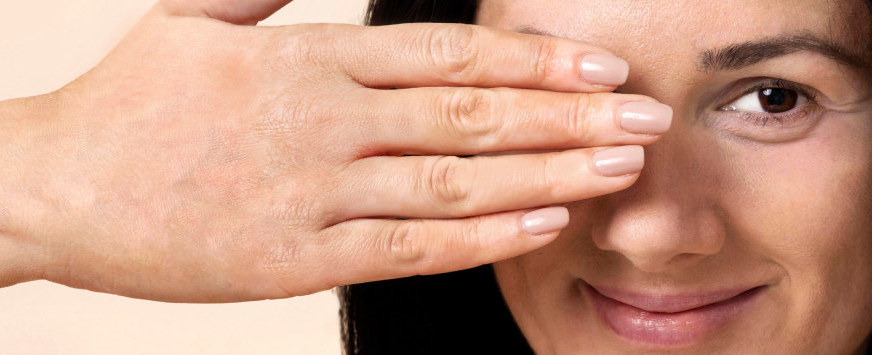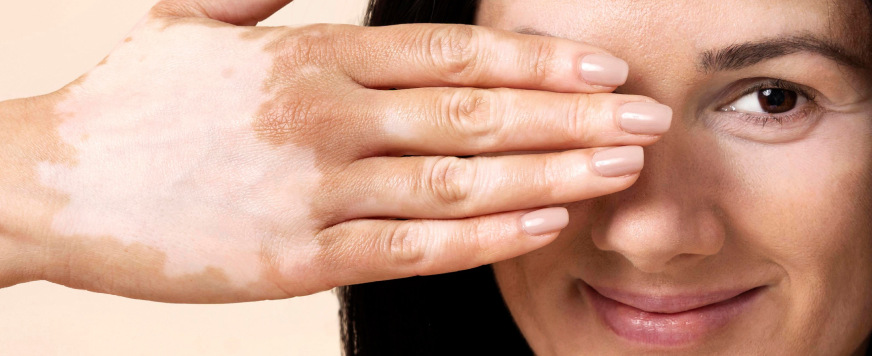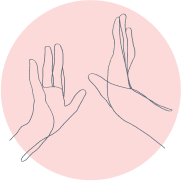Key features
Patchy depigmentation
The primary symptom of vitiligo is the development of white or depigmented patches on the skin. These patches can occur anywhere on the body, but they are commonly found on areas exposed to the sun, such as the face, hands, arms, feet, and areas around body openings (mouth, eyes, nostrils, genitalia). The patches may start small and gradually enlarge over time.
Hair and eye involvement
In addition to affecting the skin, vitiligo can also cause depigmentation of hair and eyebrows, resulting in white or gray hair. It can also affect the color of the iris, leading to changes in eye color.
Symmetrical patterns
Vitiligo often exhibits a symmetrical pattern, meaning that if a patch develops on one side of the body, a similar patch will typically appear on the corresponding area of the other side.
Emotional impact
Vitiligo can have a significant psychological and emotional impact on individuals. The visible changes in appearance may cause self-consciousness, low self-esteem, and social or emotional distress. Support from healthcare professionals, support groups, or counseling can be beneficial for coping with the emotional aspects of living with vitiligo.
Variable progression
The course of vitiligo can be unpredictable. Some individuals may experience rapid depigmentation, while others may have a slower progression. In some cases, the spread of vitiligo may halt or even reverse, resulting in repigmentation.






